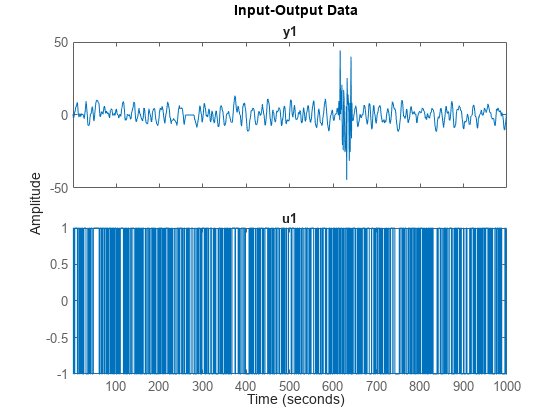merge (iddata)
Merge data sets into iddata object
Syntax
dat = merge(dat1,dat2,....,datN)
Description
dat collects the data sets in dat1,
...,datN into one iddata object, with
several experiments. The number of experiments
in dat will be the sum of the number of experiments
in datk. For the merging to be allowed, a number
of conditions must be satisfied:
All of
datkmust have the same number of input channels, and theInputNamesmust be the same.All of
datkmust have the same number of output channels, and theOutputNamesmust be the same. If some input or output channel is lacking in one experiment, it can be replaced by a vector ofNaNs to conform with these rules.If the
ExperimentNamesofdatkhave been specified as something other than the default'Exp1','Exp2', etc., they must all be unique. If default names overlap, they are modified so thatdatwill have a list of uniqueExperimentNames.
The sampling intervals, the number of observations, and the
input properties (Period, InterSample)
might be different in the different experiments.
You can retrieve the individual experiments by using the command getexp.
You can also retrieve them by subreferencing with a fourth index.
dat1 = dat(:,:,:,ExperimentNumber)
or
dat1 = dat(:,:,:,ExperimentName)
Storing multiple experiments as one iddata object
can be very useful for handling experimental data that has been collected
on different occasions, or when a data set has been split up to remove
“bad” portions of the data. All the toolbox routines
accept multiple-experiment data.
Examples
Version History
Introduced before R2006a
